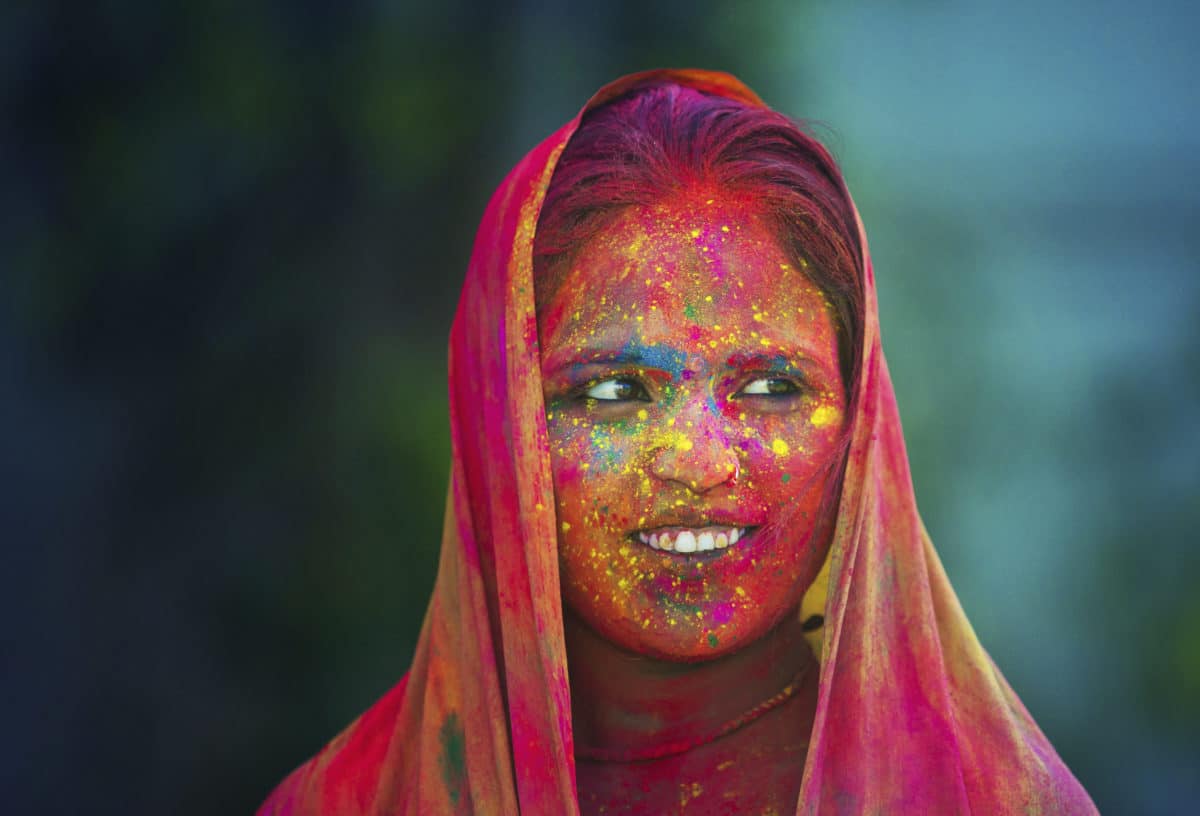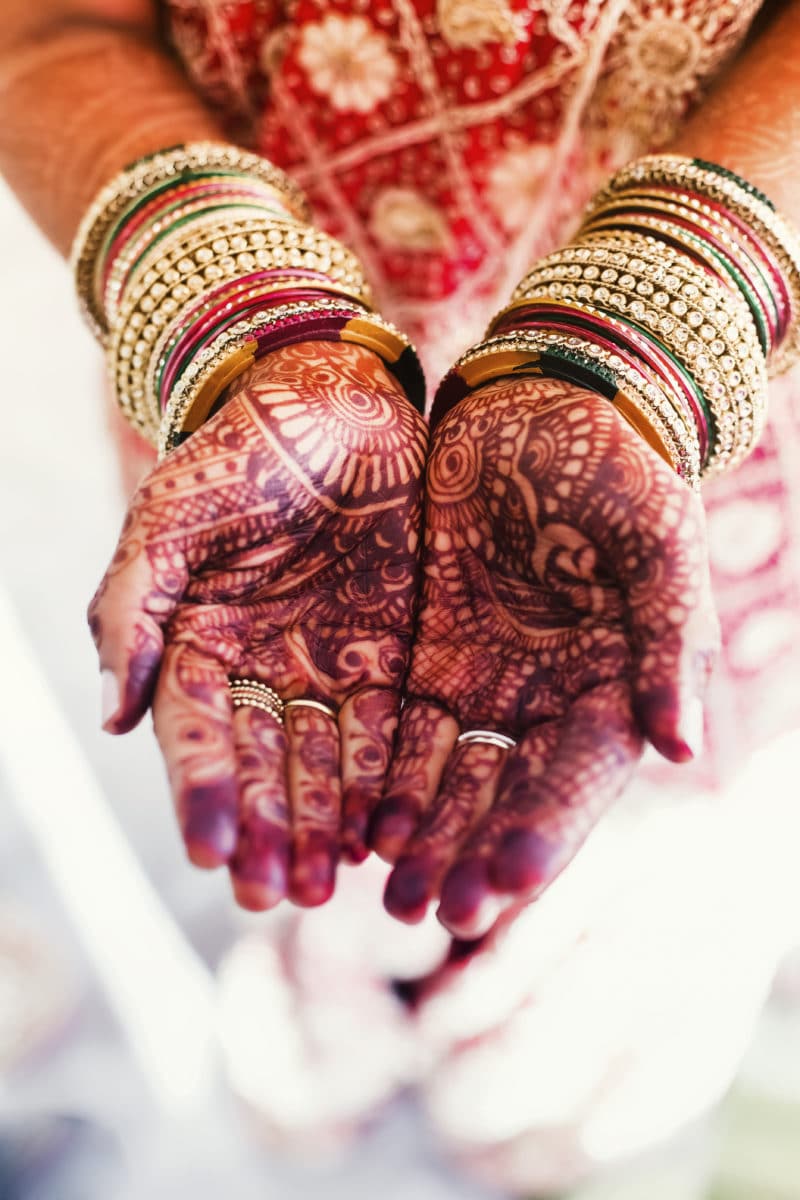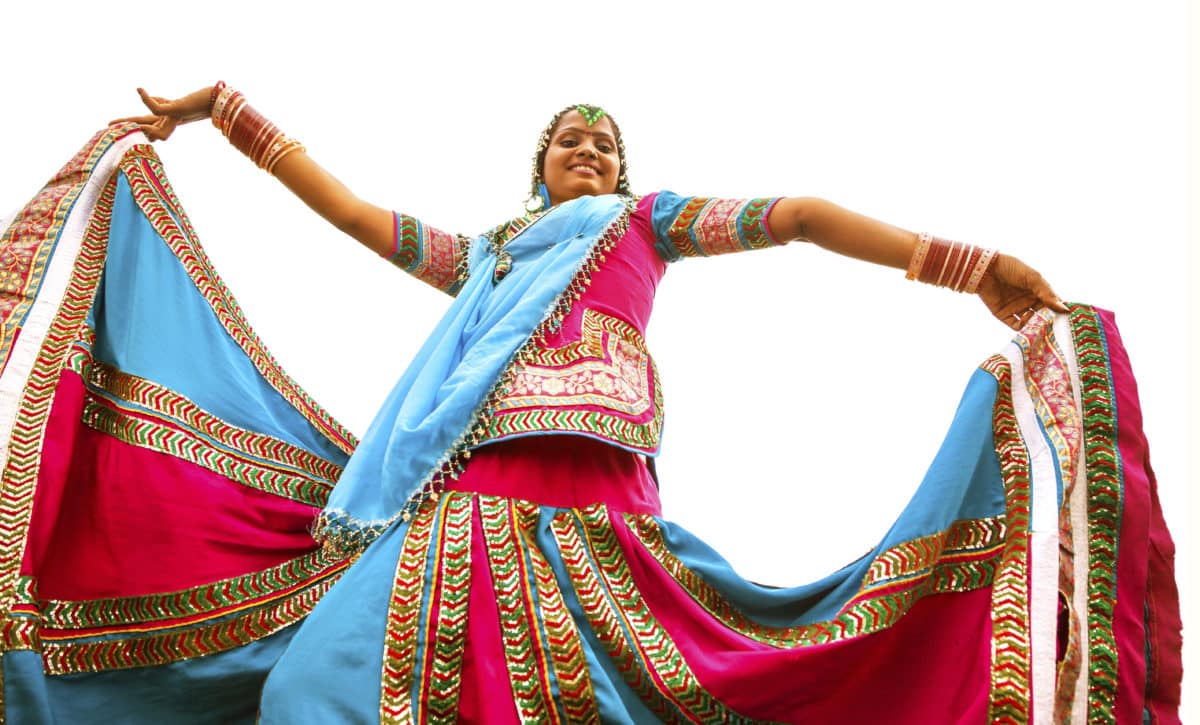Indian celebrations can be about many things; about celebrating an occasion or festival, or celebrating events like marriages or pregnancies. They can be for meeting up with the entire extended family, or about getting together with friends to share some great food and fun talk. One doesn’t need a reason to throw a party or dinner. Whether you’re Indian or not, here’s how to throw an Indian-style party.
Party Theme:
Decide on the theme of the party. Will you be celebrating an Indian festival or holiday like Diwali, Pongal, or Holi? Will it be a Bollywood party, celebrating musical Indian movies (with English subtitles)? Or will it be a casual backyard barbecue?
Depending on the theme, you can plan your food, décor, dress code, and ambience.
Indian festivals are an occasion to dress up. Everyone brings out their colorful sarees or other Indian garb.
If the party is related to a festival, decide on the party wear and recommend an Indian inspired dress code. A Diwali festival party will call for darker colors with gold, and elegant formal wear. For Holi, it will be shades of white, and casual. Many festivals or occasions have their traditional foods, too. Festivals are about desserts and special meals. They also have their own décor elements.

colorful sarees or other Indian garb.
If the party is related to a festival, decide on the party wear and recommend an Indian inspired dress code. A Diwali festival party will call for darker colors with gold, and elegant formal wear. For Holi, it will be shades of white, and casual. Many festivals or occasions have their traditional foods, too. Festivals are about desserts and special meals. They also have their own décor elements.
If your event is casual, include some popular elements from Indian films. The Indian film industry is called Bollywood and it is huge, producing more movies per year than Hollywood. Indians idolize the Bollywood actors and love the extravagant sets, stories and food. The movies are colorful and full of songs and dancing. You can plan your invitations, decorations and food around a movie. Food can be anywhere from appetizers and snacks to an elaborate Indian meal menu, or favorite foods mentioned in the movie.
Invitations:
Once you decide on the theme, plan the design of your paper invitations or virtual e-vites. Rangoli, used in some regions of India, are designs made with colored powder on the floor. Look up Rangoli patterns on the web and print those up on the cards. Or use patterns from fabrics or sarees.
Décor and ambience:
Add some simple accents like colorful pillows or throws, some tea lights, bright and golden sarees, and hang dupattas or fabric to act as curtains.
Plan a music playlist. There are many options on YouTube or Spotify for Bollywood music. Choose pleasing songs like ghazals, or peppy dance songs from popular movies.
Pick up some temporary henna tattoos, bindis (forehead stickers), and bangles that everyone can try out during the event. Most of these additions will work well with any Indian theme. Add other elements specific to the festival or event plan.

Plan the menu:
Indian cuisine has so much to choose from! Many regions have their own cuisine. There are many categories of food, too.
Plan your menu well in advance to have time to shop for all your ingredients. Get your recipes together. Read the recipes, cooking ahead if possible so you have limited heating or kitchen work to do on the day of the event. Plan to adjust to your guests’ preferences; Indian food can taste hot to some and mild to others, but heat and the spices generally are easily adjusted to personal preferences. Plan to have spices like cayenne and garam masala, along with salt, on the table for guests to use.
The food you serve can be small plates and nibbles, like chaat snacks, or an elaborate dinner menu with North Indian or restaurant style curries, or a casual backyard barbecue.
Chaat Menu: Chaat is a generic name for snack foods that are available from street stalls or roadside shops in India. Chaat is a whole cuisine in itself with sub-categories. Chaat dishes generally are flavorful, served with chutneys and condiments that can be sweet, sour, hot, spicy, cool, or tangy. Chaat items can be served at a chaat bar, just like a nacho bar. This reduces your work as host, as you won’t have to prepare each serving. The open chaat bar also makes it easy to have many food combinations for your guests to mix and match.
A chaat bar can use papdis (Indian crackers), tikkis (cutlets or potato/veggie patties), or samosas as the base for toppings. These can include cooked potatoes, cooked chickpeas, chickpea curry, pomegranate, sweet chutneys, hot chutneys, mint chutneys, and more. Garnishes can be chopped onions, cucumber, cilantro, sev (chickpea noodles), and other farsan (savory snacks).
Backyard Barbecue: For outdoor type of menu think barbecue-able veggie kebabs, tikkas (marinated veggie or tofu tikka) and chutneys. There are many different marinades recipes in the many cuisines in India. Make some at home or buy them premade. Add pre-baked samosas, kachoris (savory pastries), and batata vadas (mashed potato fritters) to round up the spread.
Restaurant style or North Indian menu: Indian restaurants favor North Indian foods that are heavy with luscious curries. The sauces have complex flavor profiles and are rich and creamy. Add veggies, tofu, veggie “meat” balls, beans or meat substitutes to the sauces. Make a spread with popular dishes like tikka masala, malai kofta, butter tofu, naan, palak paneer, pulao or biryani.
South Indian Spread: South Indian cuisine is diverse and very allergy-friendly with many gluten-free options. Make a spread with pre-made idlis (steamed rice and lentil cakes), vadas (fried or baked lentil cakes), dosa crepes, chutneys, sambhar (lentil soup) and veggie sides. Dosa crepes have many filling options, which, like chaat, can be served like a taco bar.
Round out any of these spreads with drinks like masala chai, mango juice and lassi (yogurt smoothie).
Dessert like laddoos (ball-shaped sweets), Gajar Halwa (pudding), Gulab Jamun (doughnuts), and assorted burfis (milk-based sweets) work well with any of the themes as well. ![]()

